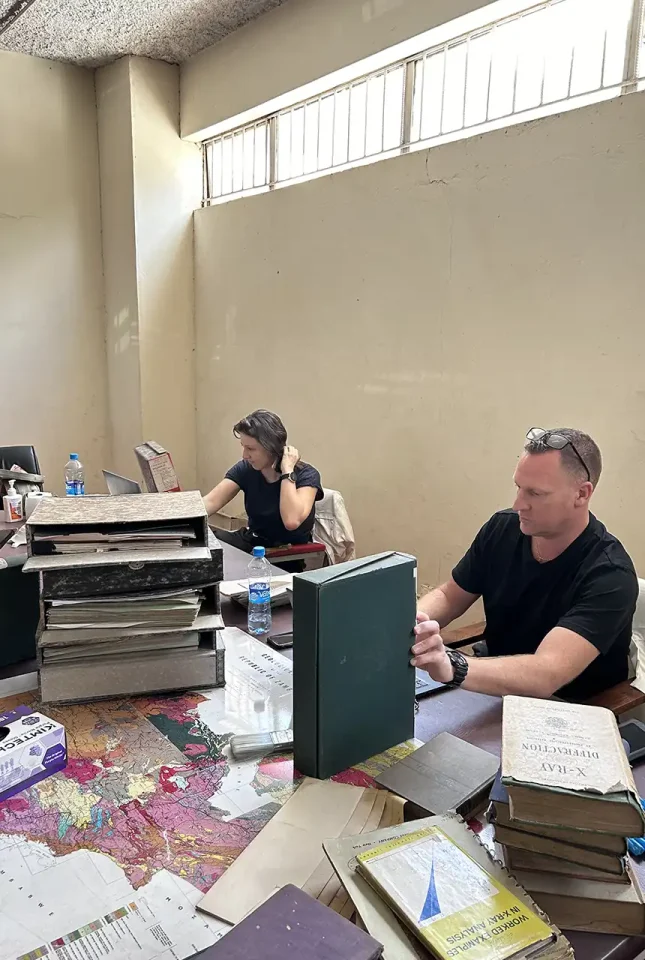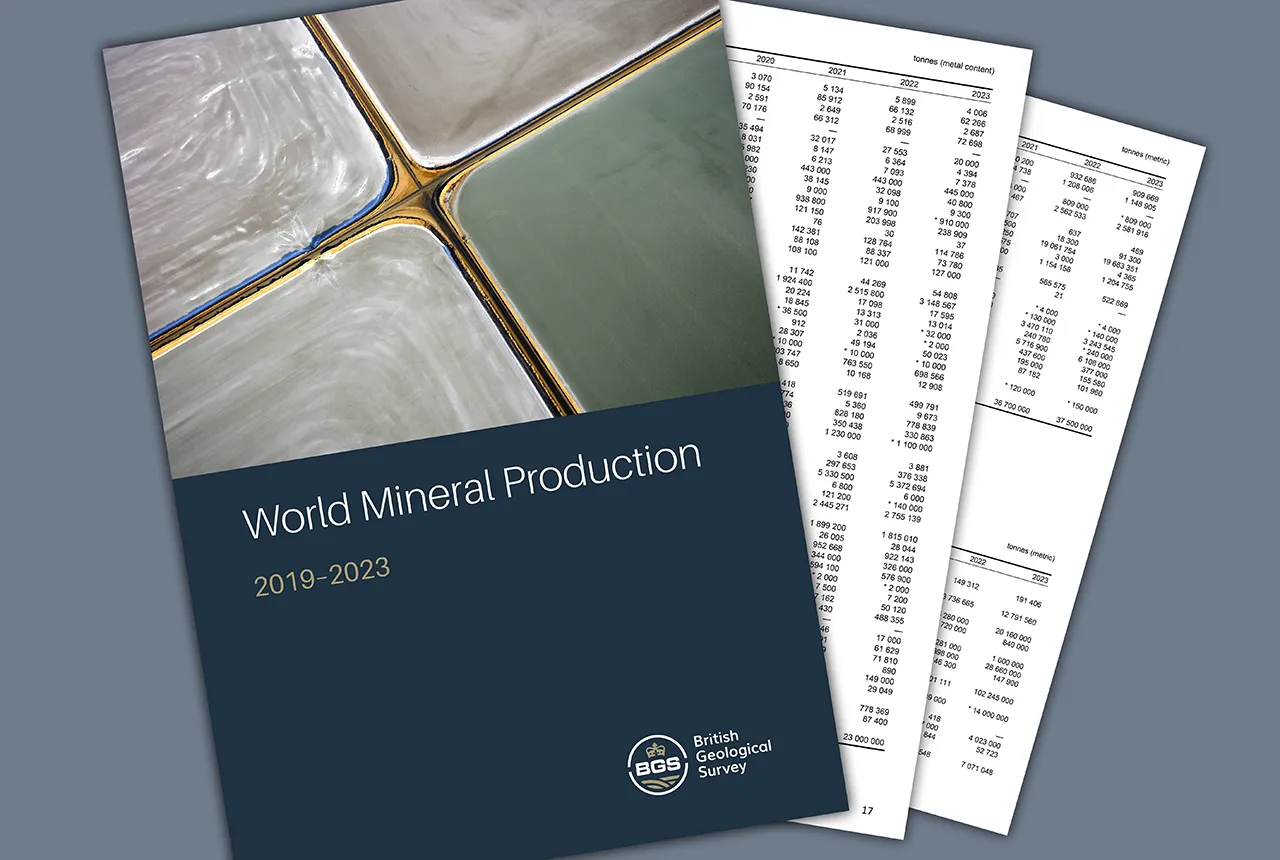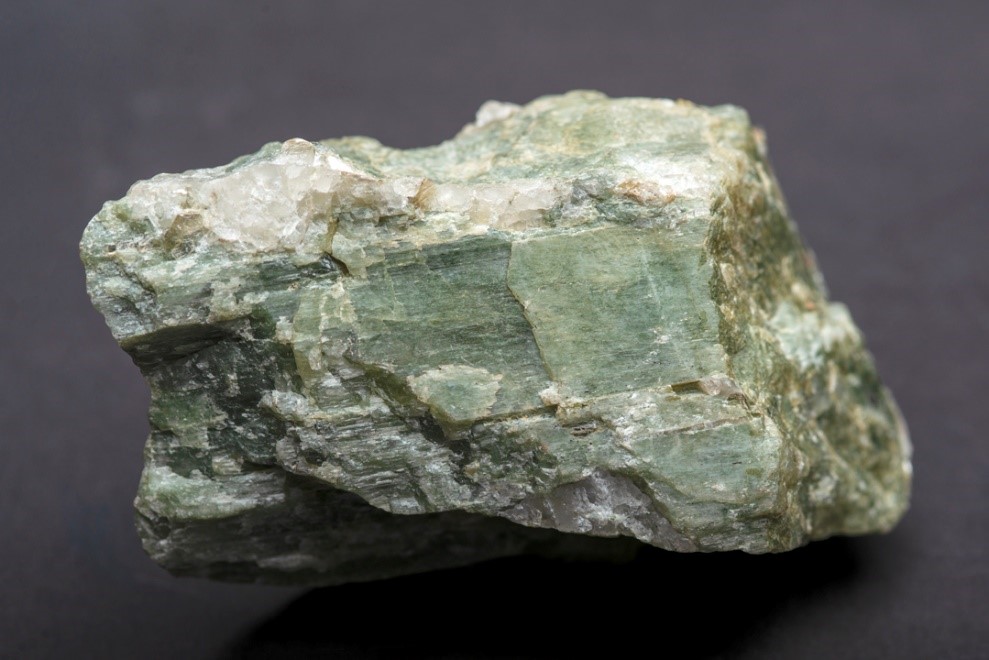Unlocking key mineral archives at the Zambian Geological Survey Department
Rachel Talbot recounts a recent visit by BGS Records staff to the Zambian Geological Survey Department, to assist in critical mineral data management.
23/02/2024
In a world of rapidly developing technology, paper archives can often be overlooked as a vital first step in information gathering. Whilst custodians, librarians and records staff take great care in the arrangement and management of such archives, there is also an ongoing campaign against the idea of archives as ‘dusty’ and ‘forgotten about’. However, despite our best efforts, all archives can use a little TLC sometimes. Throw a subtropical climate and creepy crawlies into the mix and things can get very dusty! This was something I found out during a recent trip to the Zambian Geological Survey Department (GSD) in January 2024.
Our work in the archives
I travelled to Lusaka, along with BGS’s geo-information ingestion team coordinator Wayne Newham and minerals resource and security flows team leader Joseph Mankelow. as part of a project funded by the Foreign, Commonwealth & Development Office (FCDO) that aims to assist with the promotion of the critical mineral potential of Zambia. An important component of the project is to identify existing information on the mineral resources of Zambia available from the GSD, which can be used to understand the occurrence in the country of minerals required for the clean energy transition. A foundational step in building this capacity is the appraisal and organisation of the survey’s physical data, which was the focus of our trip.
On arrival at the GSD, we met with the library and records staff and learnt more about the status of the archive. Together, we identified the most effective method for organising the paper records. Although the GSD holds a wealth of geoscientific data, including maps and aerial photographs, the focus of our visit was on mineral exploration reports dating from the 1920s to the present day. All we needed was a quick sweep, mop and to dust away some of the cobwebs and we were ready to go.

Records and aerial photos stored in the Zambian GSD archive. © Rachel Talbot.
Over the next two-and-a-half weeks, we populated a digital index, which captured vital metadata for each report and recorded its physical location in the archive. By creating this searchable index, GSD staff will have a fuller picture of the data they hold and library and record staff can now respond to enquiries from external stakeholders more promptly, enhancing their reputation as an authoritative repository of minerals information.

Wayne Newham and Rachel Talbot at work in the GSD Library. © Joseph Mankelow.
Downtime in Zambia
In the time not spent working at the GSD, we took the opportunity to sample the local cuisine including chikanda, a Zambian dish made from boiled root tubers; nshima, a maize flour porridge, and impwa (‘garden eggs’ in English), a vegetable similar to aubergine. We were also lucky enough to be in the country during the African Cup of Nations Football League (AFCON CUP 2024) and evenings were spent cheering on the national team with the passionate locals. Despite the fact Zambia didn’t make it past the group stages, nothing could dampen the fans’ spirits and goals were celebrated with much dancing and jubilation. I found out this positive and friendly attitude is ubiquitous throughout this welcoming south-central African country.

Sampling the local chikanda, nshima and fried okra. © Rachel Talbot.
What’s next
The project team will return to Lusaka in February 2024 to continue the archive work and to hold a workshop that will bring together representatives from GSD, the Ministry of Mining and Minerals Development, and the mineral exploration sector to facilitate discussion on the potential for long-term critical raw minerals supply from Zambia.
About the author

Rachel Talbot
Data steward
Relative topics
Related news

Funding awarded to UK/Canadian critical mineral research projects
08/07/2025
BGS is part of a groundbreaking science partnership aiming to improve critical minerals mining and supply chains.

BGS scientists join international expedition off the coast of New England
20/05/2025
Latest IODP research project investigates freshened water under the ocean floor.

New interactive map viewer reveals growing capacity and rare earth element content of UK wind farms
16/05/2025
BGS’s new tool highlights the development of wind energy installations over time, along with their magnet and rare earth content.

Latest mineral production statistics for 2019 to 2023 released
28/04/2025
More than 70 mineral commodities have been captured in the newly published volume of World Mineral Production.

Geology sans frontières
24/04/2025
Geology doesn’t stop at international borders, so BGS is working with neighbouring geological surveys and research institutes to solve common problems with the geology they share.

New study reveals long-term effects of deep-sea mining and first signs of biological recovery
27/03/2025
BGS geologists were involved in new study revealing the long-term effects of seabed mining tracks, 44 years after deep-sea trials in the Pacific Ocean.

BGS announces new director of its international geoscience programme
17/03/2025
Experienced international development research leader joins the organisation.

Future projections for mineral demand highlight vulnerabilities in UK supply chain
13/03/2025
New Government-commissioned studies reveal that the UK may require as much as 40 per cent of the global lithium supply to meet anticipated demand by 2030.

Presence of harmful chemicals found in water sources across southern Indian capital, study finds
10/03/2025
Research has revealed the urgent need for improved water quality in Bengaluru and other Indian cities.

Dr Kathryn Goodenough honoured with prestigious award from The Geological Society
27/02/2025
Dr Kathryn Goodenough has been awarded the Coke Medal, which recognises those who have made a significant contribution to science.

Artificial intelligence is proving a game changer in tracking the Santorini earthquake swarm
07/02/2025
Scientists are harnessing the power of machine learning to help residents and tourists by detecting thousands of seismic events.

Could underground disposal of carbon dioxide help to reduce India’s emissions?
28/01/2025
BGS geologists have partnered with research institutes in India to explore the potential for carbon capture and storage, with an emphasis on storage.



